Ready to start your free design?
Take the first step toward your dream kitchen today! We’ll connect you with your personal designer to make your project a reality.
Start Your Free Kitchen Design
Cabinet knobs and pulls are like jewelry for the kitchen. The right kitchen cabinet hardware can complement and accentuate the lines, colors, and textures of your space. The placement and positioning of cabinet hardware also makes a kitchen more functional, but is there a correct placement for cabinet handles?
While hardware placement does affect the functionality of the space, it is a matter of personal taste. Looking at different arrangements of kitchen cabinet knobs and pulls will help you decide which styles and placements are right for you.

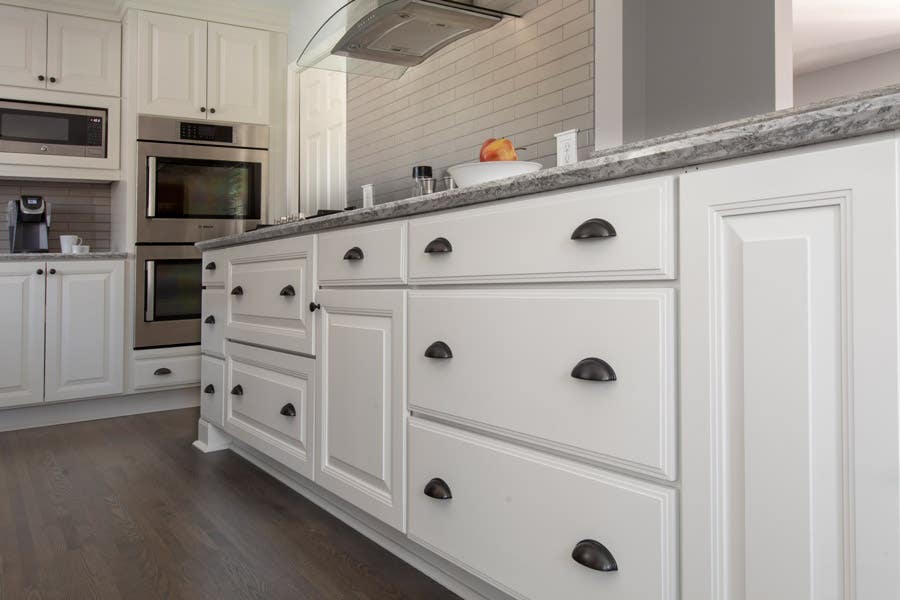
Take the first step toward your dream kitchen today! We’ll connect you with your personal designer to make your project a reality.
Start Your Free Kitchen DesignA kitchen cabinet knob is your most basic handle, suitable for doors and drawers alike. Knobs use a single screw and are traditionally round or circular. However, you can find them in shapes ranging from square to T-shape. When it comes to materials and finishes, there are choices ranging from wood to ceramic and crystal.
Cabinet knobs are placed opposite of door hinges. On wall cabinets, knobs are usually placed 2-1/2” to 3” from the bottom corner of the door. On base cabinets, they are placed 2-1/2” to 3” from the upper corner of the door.
On drawers and pull-out cabinets, drawer pulls and knobs are typically centered on the drawer front. If you prefer, you can set your knobs on the upper part of the drawer front, as shown above. A knob in this position can provide additional leverage when opening a sink tilt-out tray. When installing knobs for pull-out cabinets such as a waste basket, make sure you choose a size that can accommodate and disperse the weight of the pull-out accessory.
If your drawer is 24” or wider, consider adding a second knob. Divide the drawer into thirds and place one knob at each outer section.
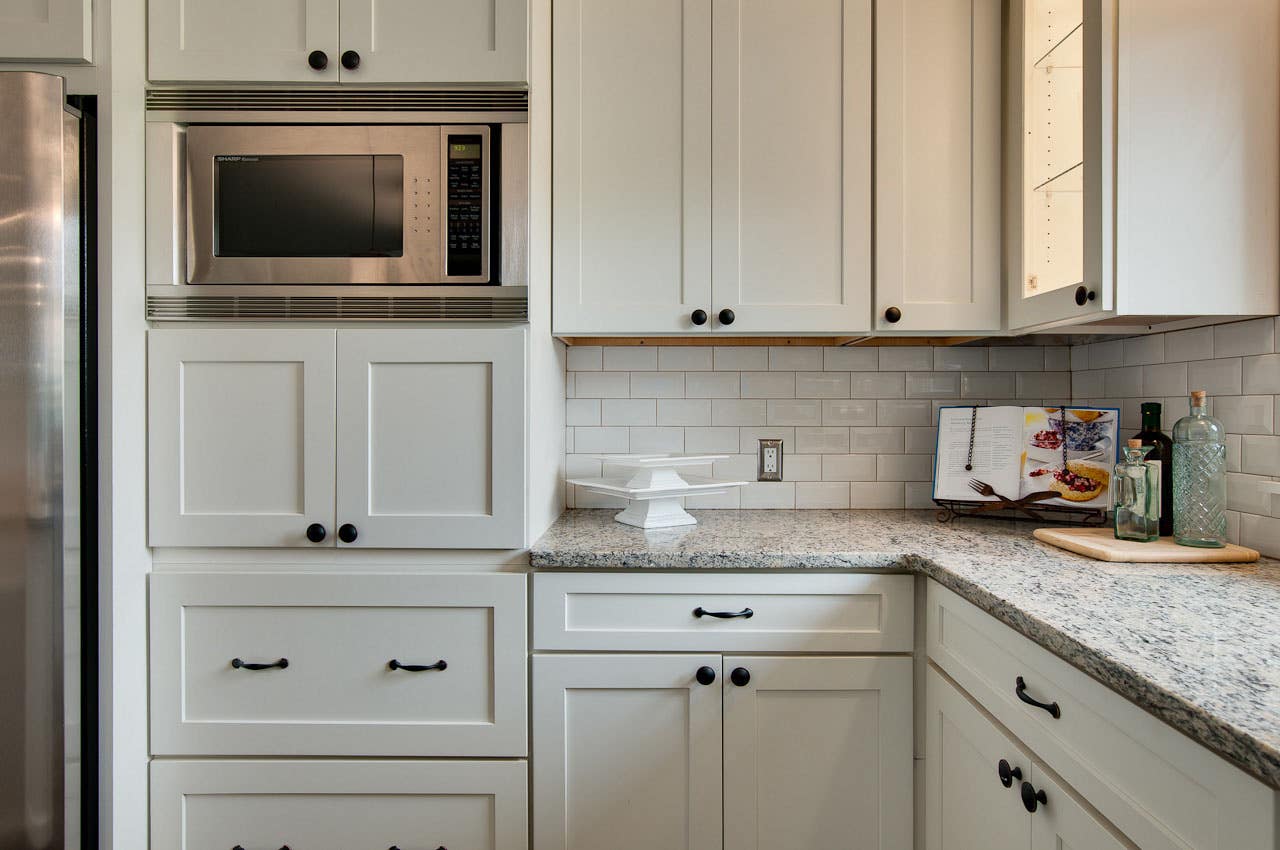
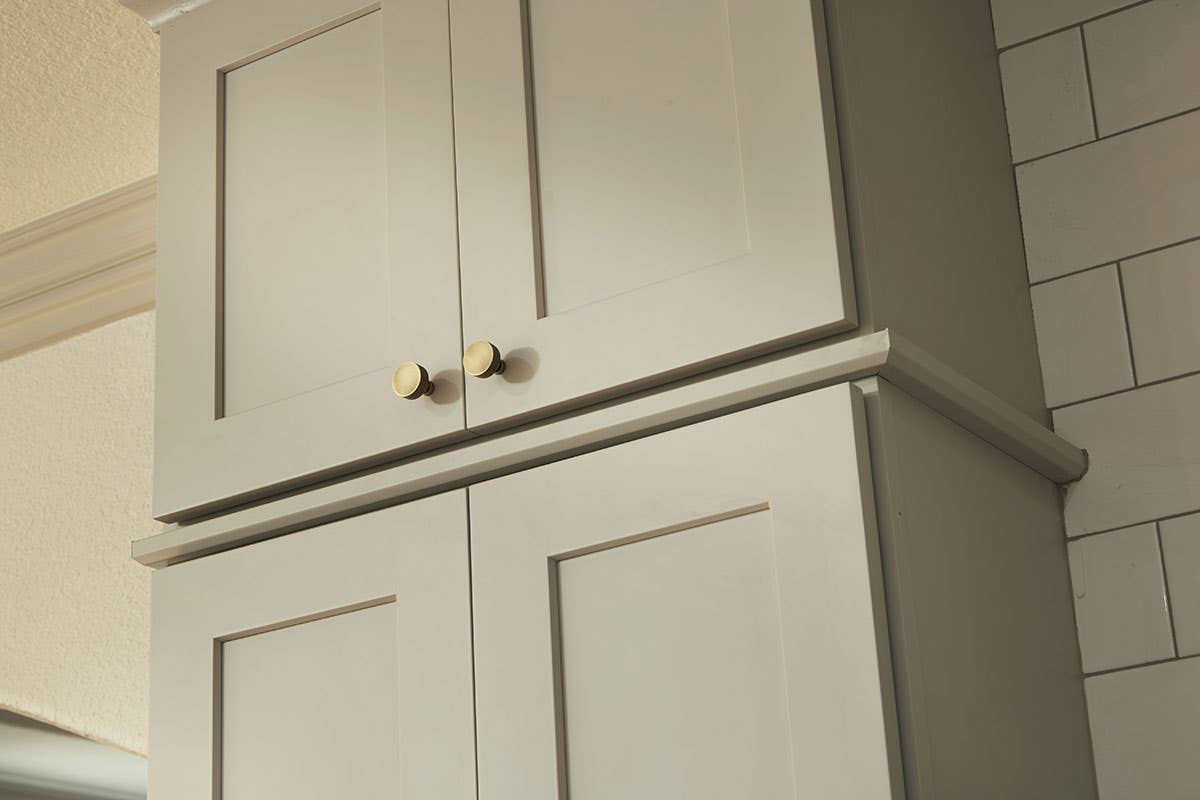
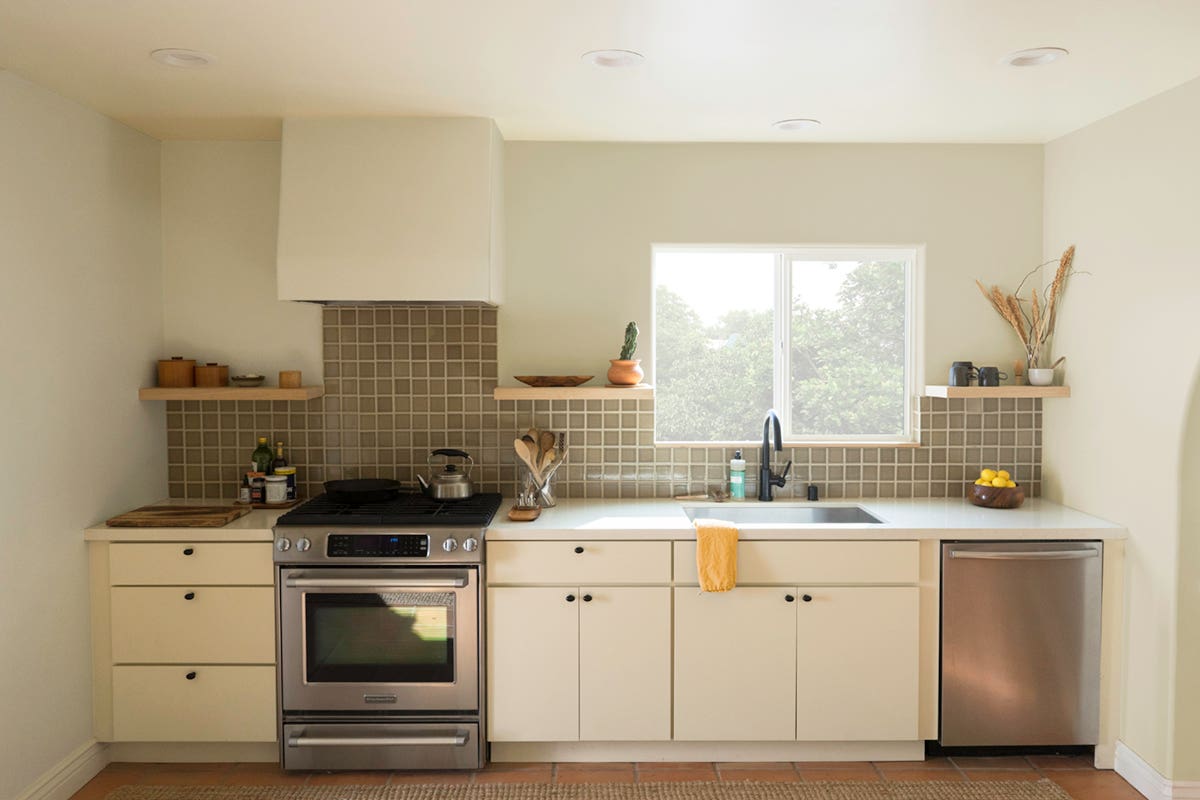

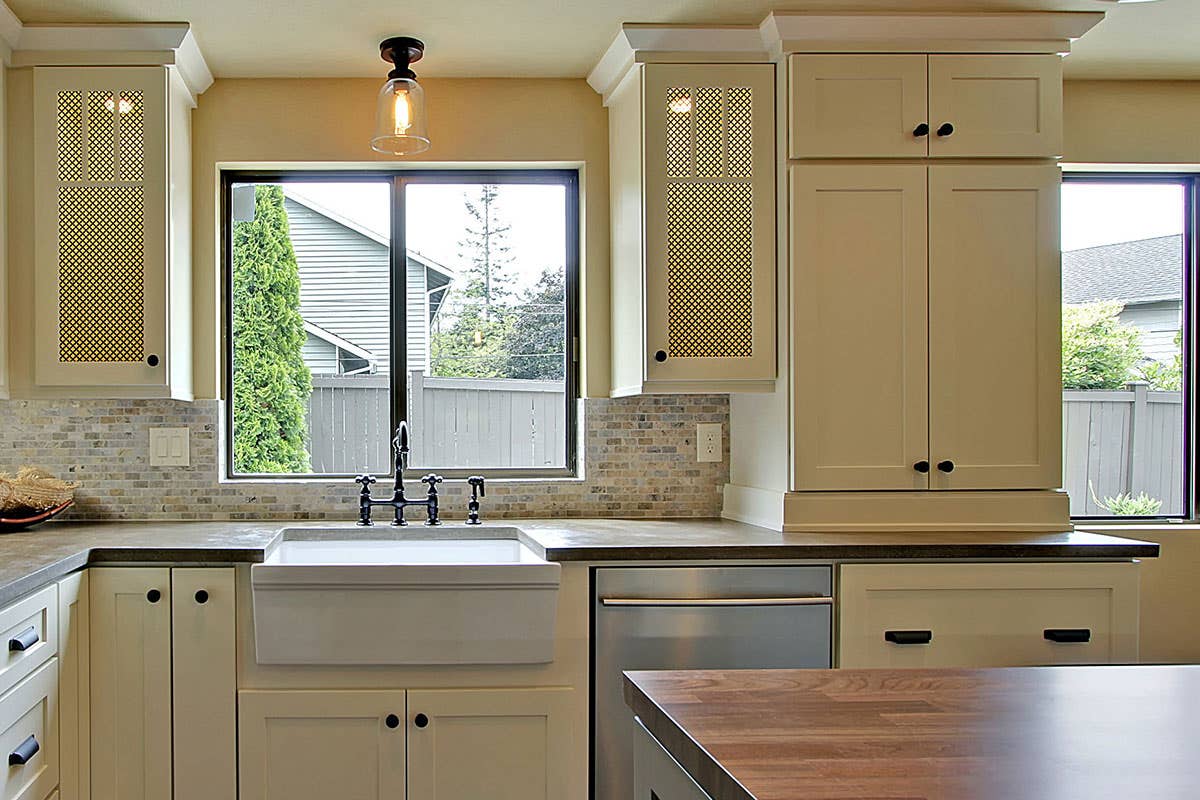
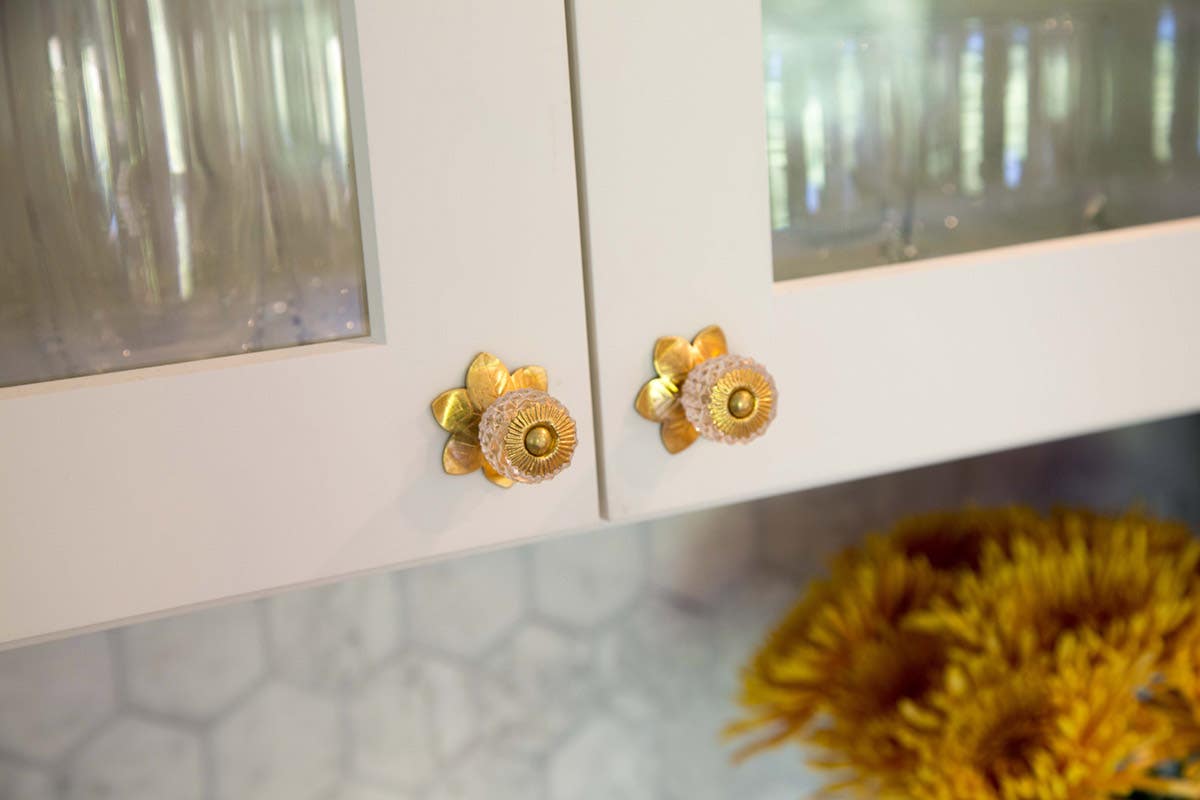
Bar pulls (also known as European pulls) and wire pulls have similar functionality in varying forms. They are easy to grasp, even for people with dexterity issues, and work well in modern and contemporary kitchens. Wire pulls are screwed into the cabinet at its two ends. Bar pulls are screwed in by two feet-like projections.
On doors, these pulls are typically installed in an upright, vertical position. Place the bottom hardware hole 2 1/2” to 3” from the bottom of the door front. Then center it horizontally on the door frame. Using the horizontal rail of the door frame, place your screw hole or orient the bottom end of the handle.
On cabinet drawers, these drawer pulls lay in a flat, horizontal position. Off-center the handles for more of a contemporary feel for 3-drawer base cabinets. This makes for a graceful and proportioned look. For pull-out storage such as this wastebasket cabinet, drawer pulls are often placed horizontally. They are commonly centered on the top rail of the door frame. If the pull-out is especially narrow, e.g. a 3″ pull-out spice rack, you can also choose to position handles vertically.

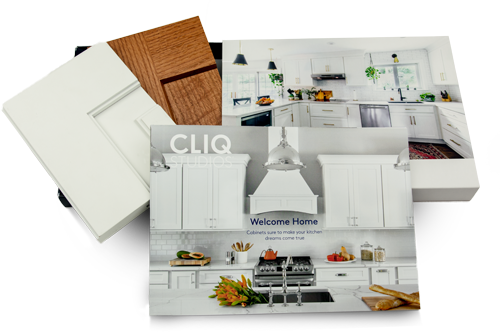
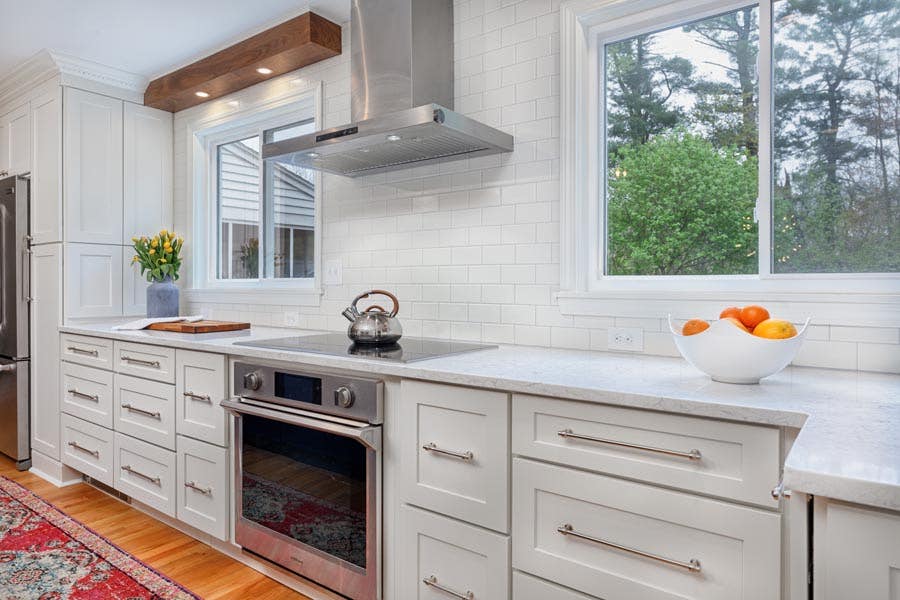
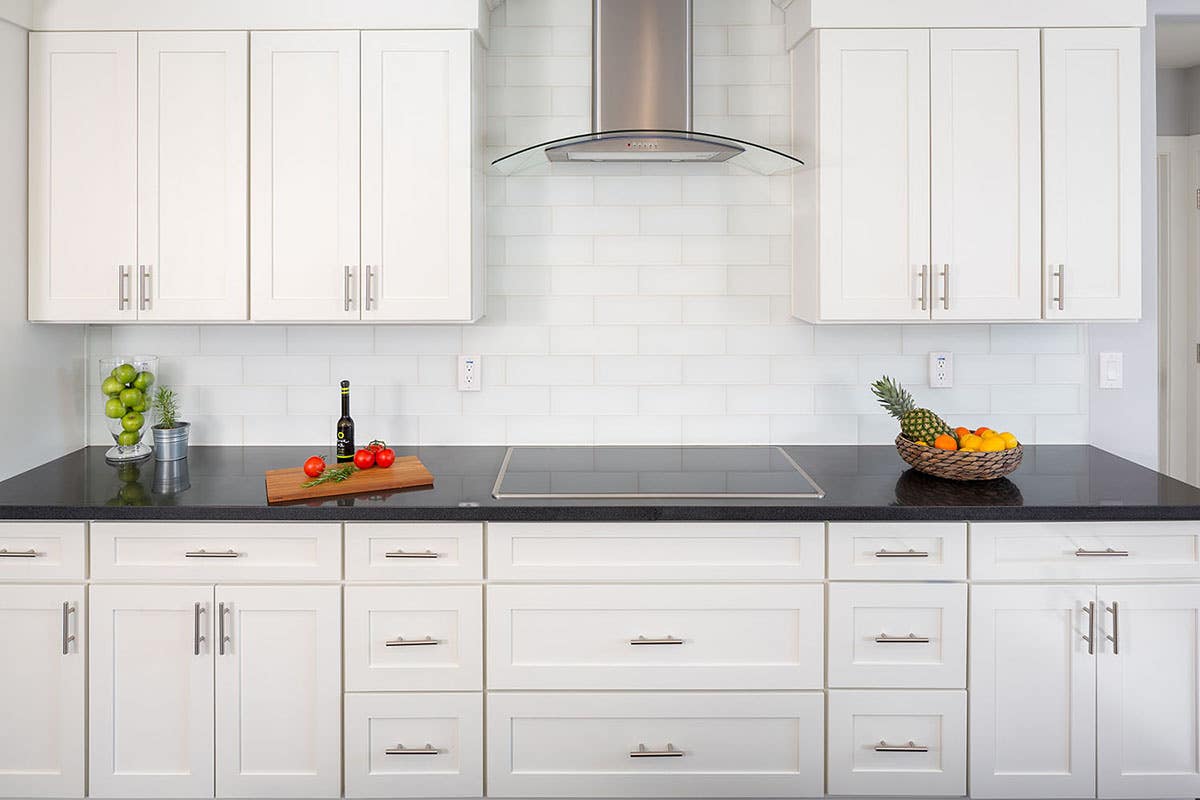
Cup pulls (also known as bin pulls) are upside-down cup shaped pulls popularized by Farmhouse and Victorian-era kitchens. Instead of gripping a protruding knob, you place your fingers underneath the ‘cup’.
Cup pulls have a wide appeal across many kitchen cabinet styles. They have a clean and timeless look that works with farmhouse, vintage, traditional, and transitional styles.
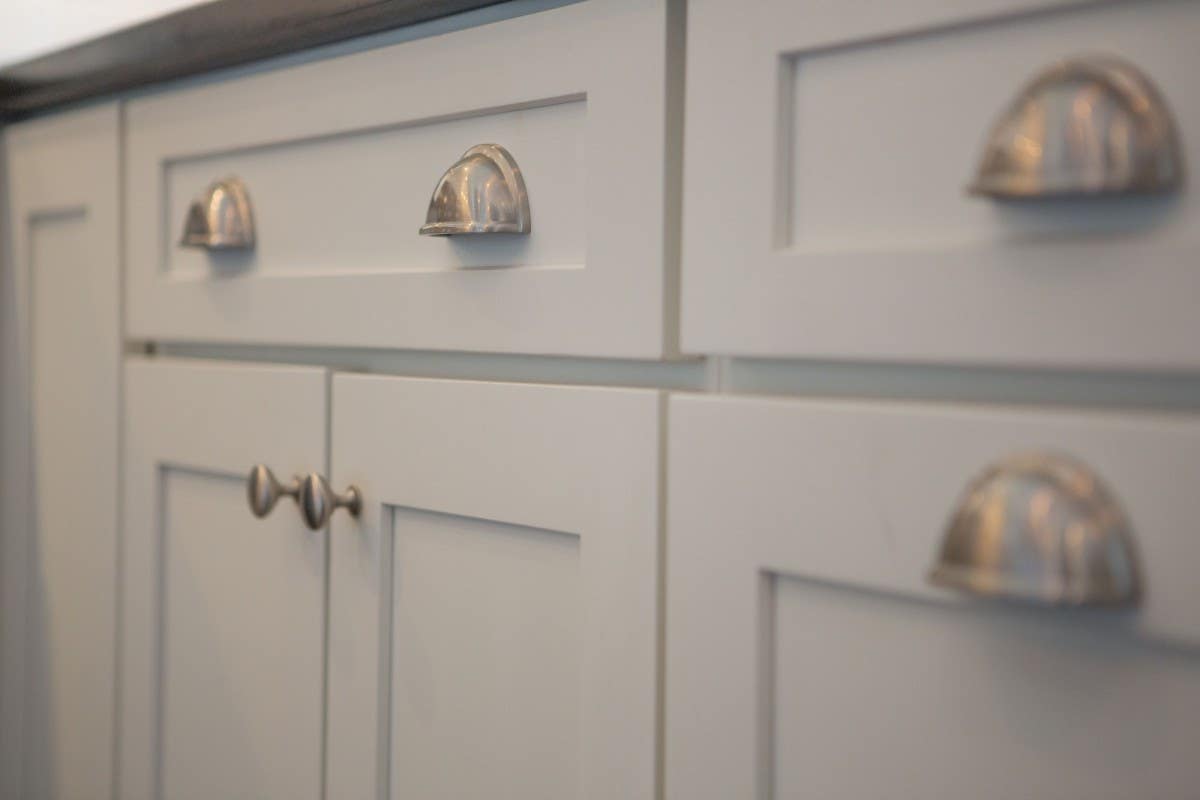
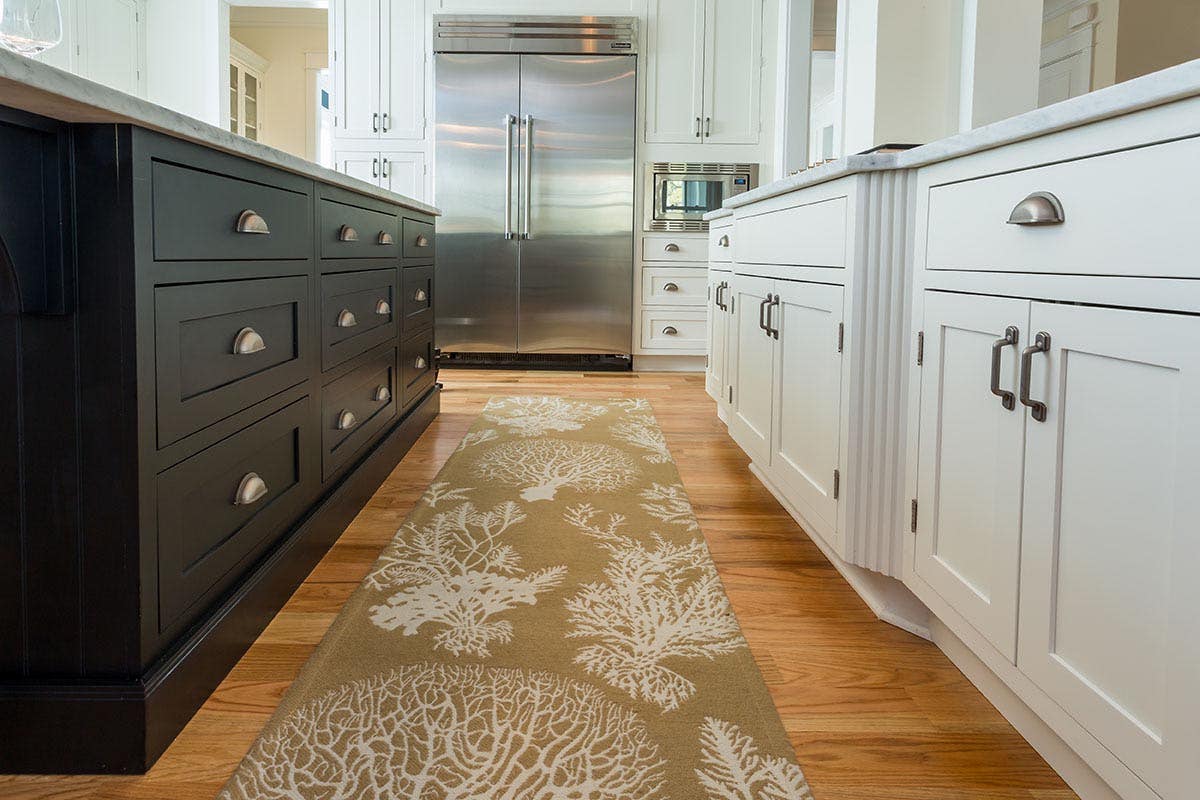
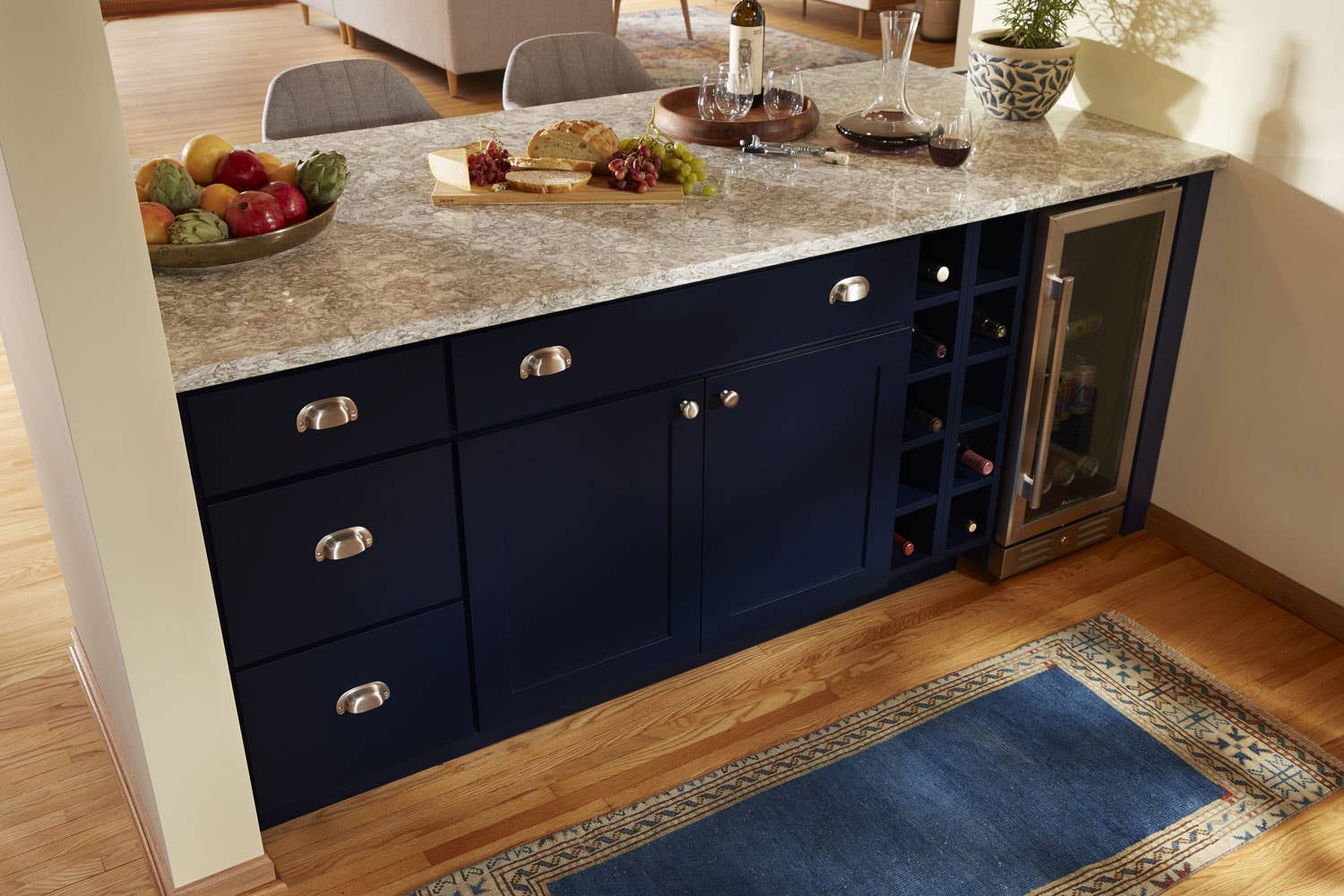

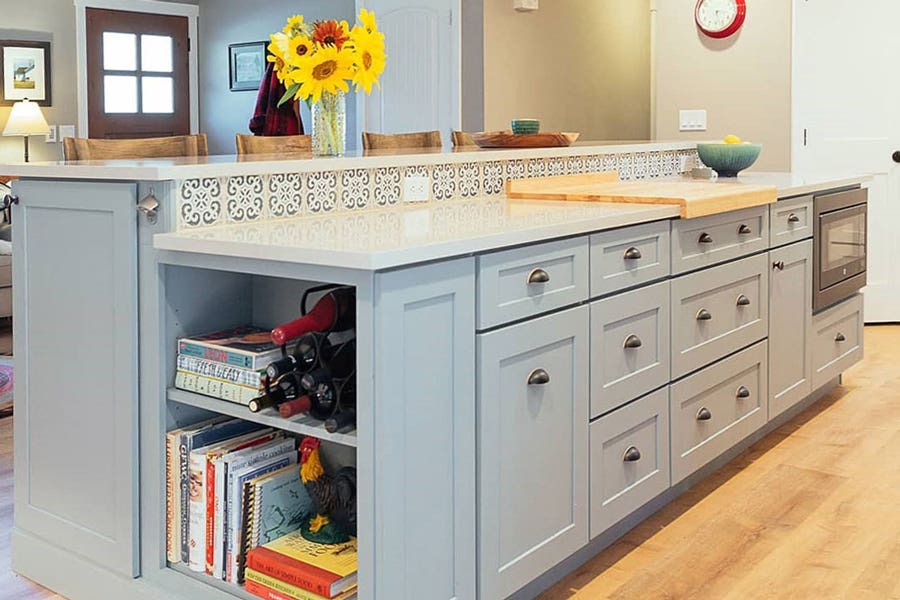
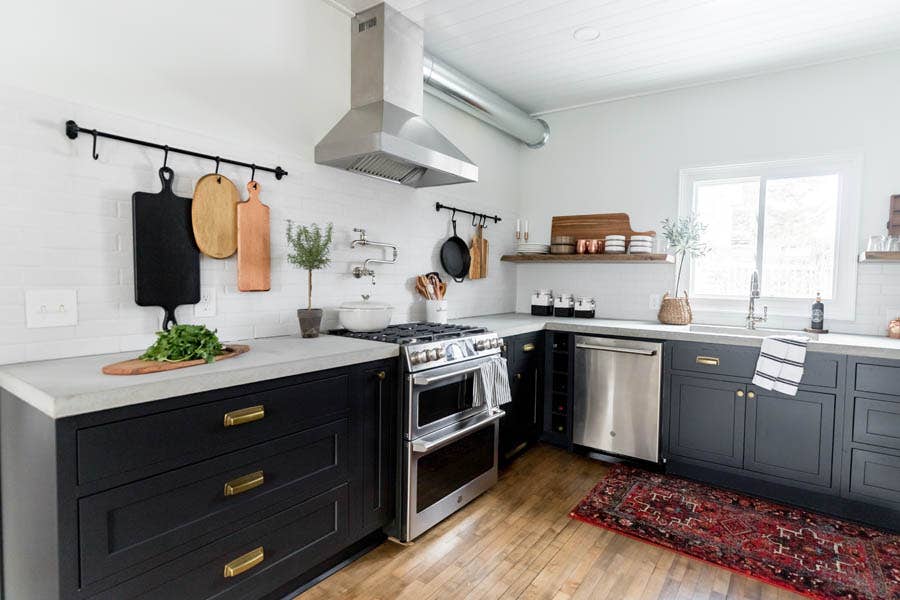
Edge pulls (also known as tab pulls or finger pulls) are a more contemporary style. They have a minimalist look that pairs excellently with slab-door cabinet styles. These pulls go on the top and bottom edges of your doors or drawers.
Place edge pulls in the opposite corner of the hinge on cabinet doors. It is often best to center finger pulls on top of your drawers.
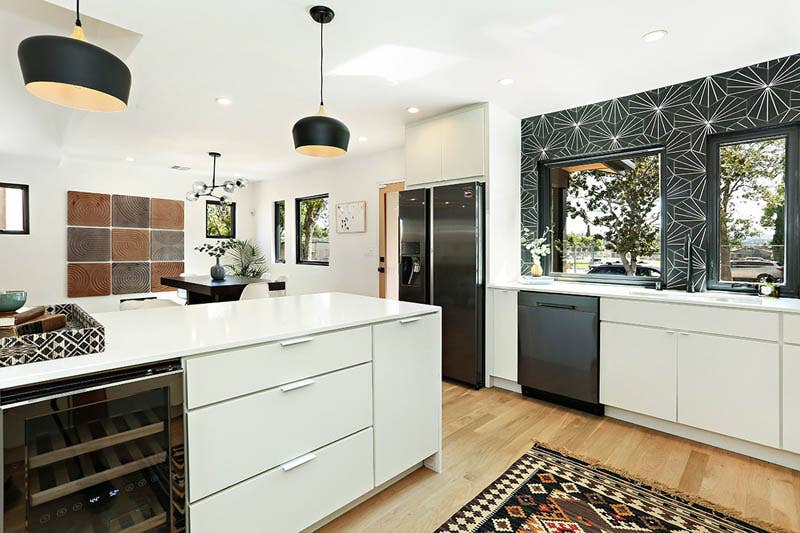

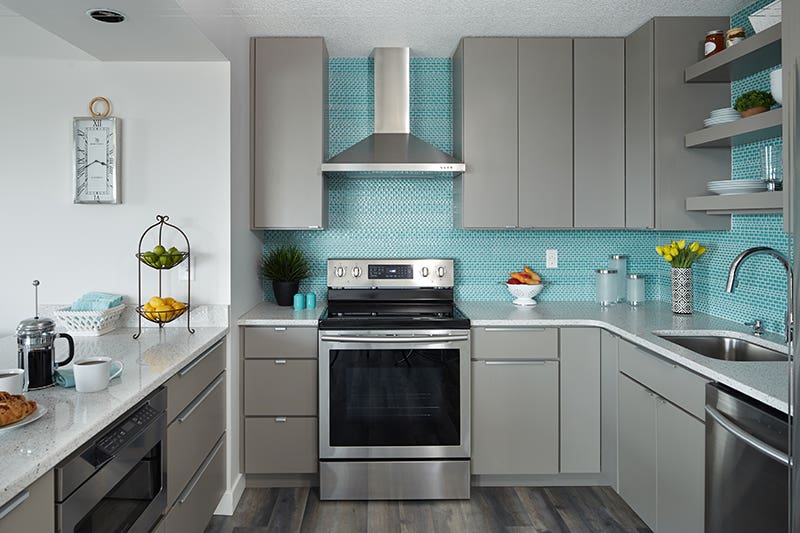
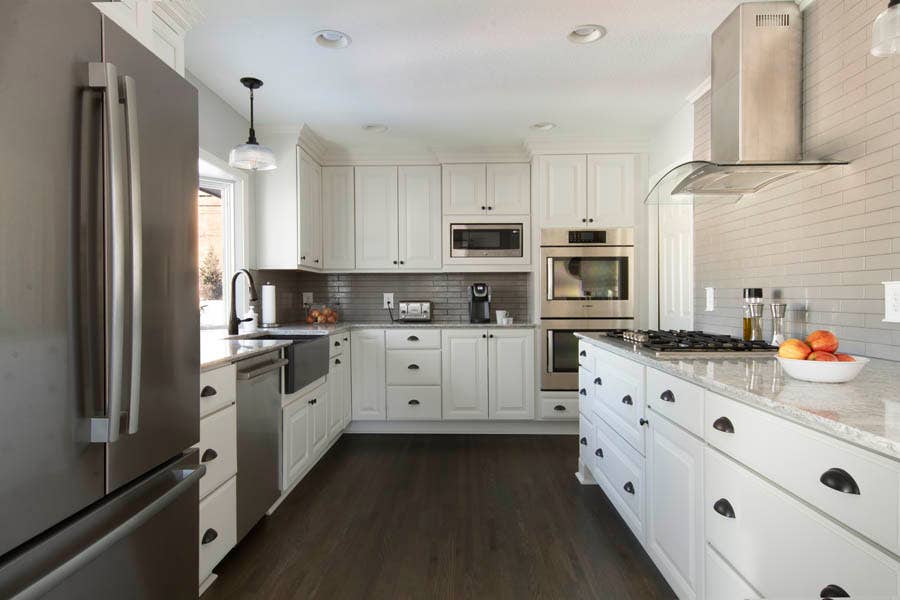
Take our quiz to get personalized cabinet style recommendations for your next project!
Get Started NowWhen it comes to selecting cabinet hardware, there are a few key things to keep in mind: your style as well as the existing appliances and finishes throughout the space. Your style will play a significant role in choosing finishes. For example, if you are drawn to the industrial look, then mixing metals will help you achieve this look. If you have appliances already installed in the space and plan to keep them, then keep them in mind when choosing cabinet knobs. For instance, if you have black appliances, cabinet hardware in the same shade will pair nicely. Your CliqStudios designer can help you make the best selection for your space.
Cabinet knobs are typically installed directly halfway up the stile or framed portion of the cabinet face. This is usually 2 or 3 inches from any corner of the cabinet. For more information on installing cabinet knobs contact your CliqStudios designer.
There are numerous styles of both cabinet knobs and pulls that are becoming increasingly popular. Specifically, brass pulls, brushed nickel knobs, matte black knobs and pulls, as well as glass pulls, are being incorporated into more designs. For information on choosing the best cabinet hardware for your design, read this article put together by our experts!
On average, cabinet knobs range from 1 ¼ inch to 1 3/8 inch. This size is typical for standard-sized kitchen cabinets. If you have larger kitchen cabinets, oversized cabinet hardware can be used within the design. A CliqStudios designer can work one-on-one with you to select the perfect size and style of cabinet knobs for your cabinets.
Cabinet knobs are installed on the opposite side of the door hinges. The placement will vary depending on whether you are installing the hardware on wall cabinets or base cabinets. On wall cabinets, knobs are installed 2 ½ to 3 inches from the bottom corner of the cabinet door. On the other hand, knobs are installed 2 ½ to 3 inches from the upper corner of the cabinet door on base cabinets. If you have larger cabinets, like a pantry, then you may want to install larger coordinating knobs or pulls. For assistance selecting knobs and installing them, talk to your CliqStudios designer.
Most cabinet knobs out in the marketplace are going to be in-style based on demand, but there are a few most popular. Round, T-shape, and circular cabinet knobs are common favorites and come in a wide range of finishes. Some of the trending finishes include warmer and bolder tones like gold, brass, black, and oil rubbed bronze with some acrylic and crystal materials.
Kitchen cabinet knobs and pulls are both great choices for your cabinet hardware, but in order to find out which is better, it’s important to identify your personal needs. Cabinet knobs are simple and clean, however, it’s popular to have a mixture of both for a more designer look. Pulls are a great option if you enjoy a more decorative look and for age-in-place kitchens.
There is no hard and fast rule about how to determine the correct cabinet knob size. However, if the cabinet door or drawer is larger than 24” wide, consider choosing a larger size or adding a second cabinet knob to disperse the weight of the door or drawer.